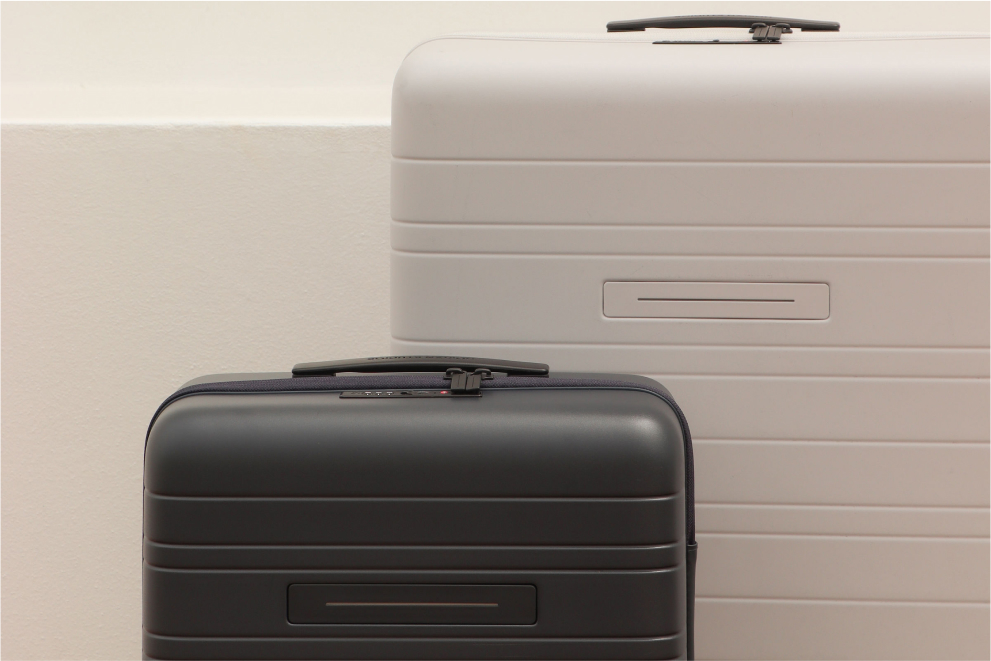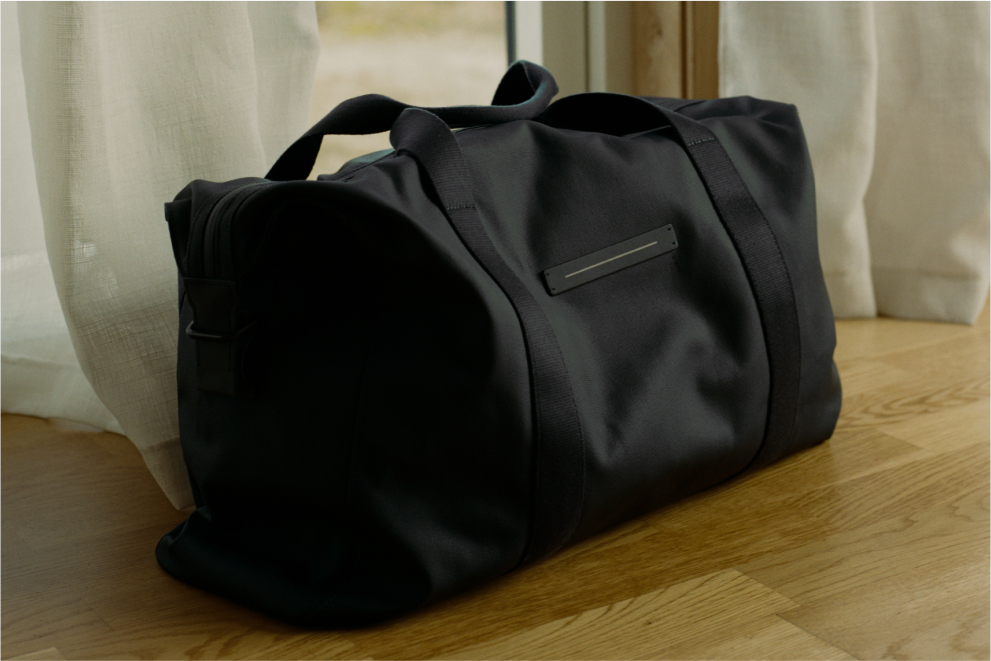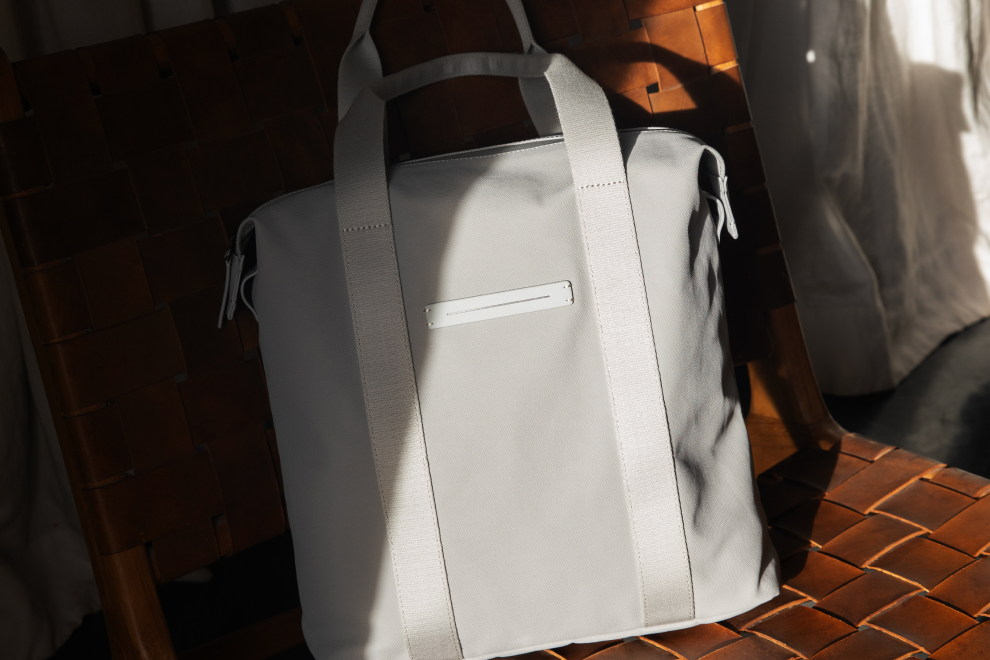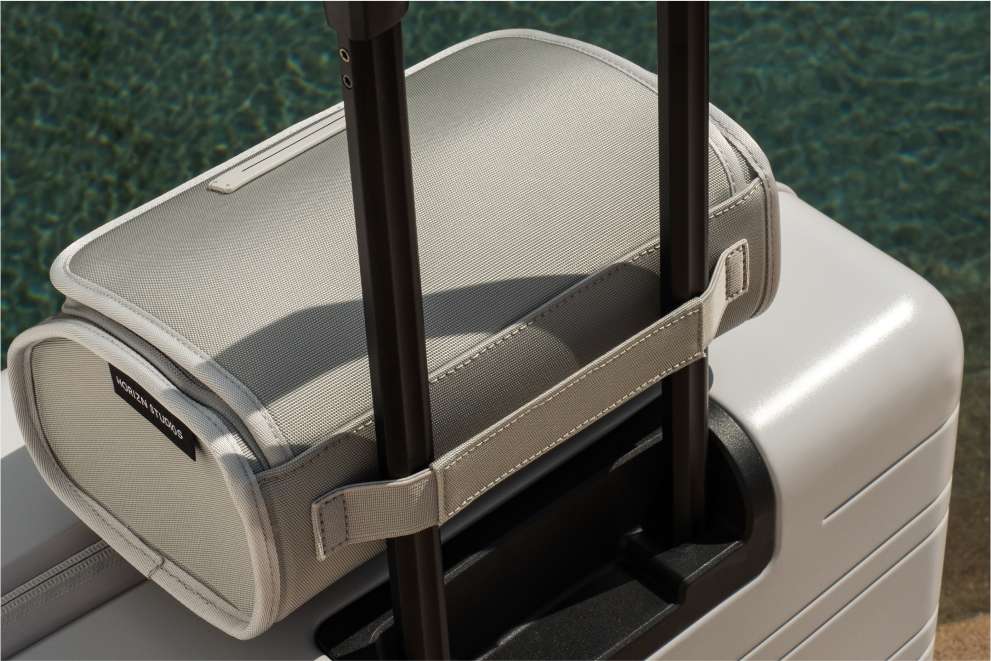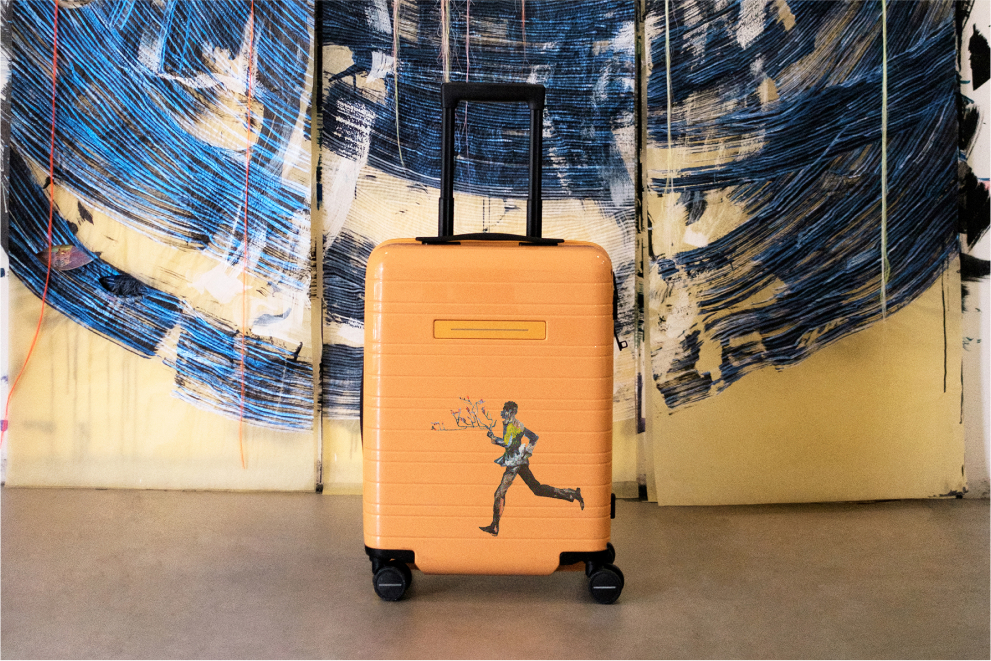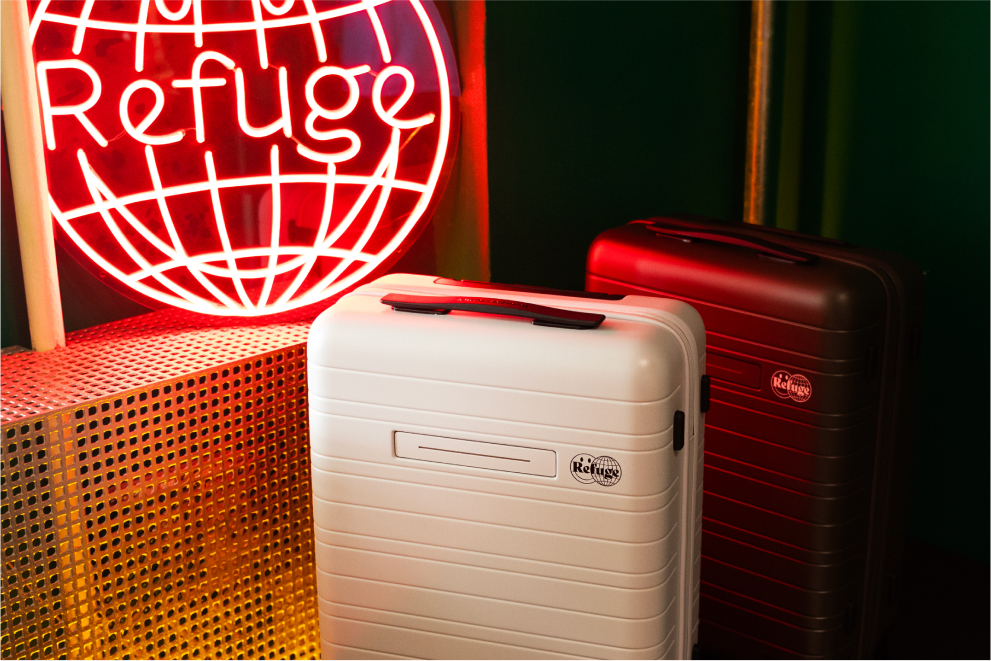A guide to Mallorca’s best cities
Explore the island’s hidden gems
If Magaluf’s notorious nightlife and jam-packed beach resorts are the only things to come to mind when thinking about the Balearic island of Mallorca, think again. Admittedly, some of these parts are just that. But beyond the tourist trail, you will discover a refuge of sheltered beaches, rustic villages, and down-to-earth locals. From the capital of Palma to Pollença and Capdepera on the lesser-known eastern tip of the island, photographer Ana Lui introduces you to Mallorca’s best cities, places thriving on innovation and craftsmanship.
To Ana, living on the Balearic island means to embrace a slower pace of life. After calling the neighbouring island of Ibiza home for 14 years, she relocated to Mallorca just before the COVID-19-related lockdown was put in place. She and her fiancé own an old finca, and currently spend a lot of their time working its surrounding land, planting organic vegetables, and restoring the house in the most eco-friendly way. Ana describes her island life as very simple. “When I am not working or travelling I live the life of a ‘payés’ which in Catalan means a peasant farmer. I cycle to town as often as I can, and every morning we pick fresh veggies from the garden,” she says. “So far Mallorca has everything I needed and secretly wanted. City vibes in Palma, amazing local artisans and produce as well as the island feel.”
Driven by an intention to show the simplicity of each place or person she takes pictures of, Ana has worked as a commercial photographer for over a decade. How does living in Mallorca inform her work, I ask? “Mallorca residents are very creative, resourceful, and incredibly genuine and friendly,” she says. This focus on local produce – with many younger people in particular getting into the cultivation and local production of food and goods – is something Ana highlights in her work, from sustainable shoe designers, organic wine producers, olive leaf matcha brewers to eco-fashion and interior designers.
Visually, Mallorca is a kaleidoscope of sandstone walls, bright Bougainvillea plants, turquoise waters, and lush greenery. “When I drive around, sometimes I feel like I am in Sicily, sometimes it looks like the South of France, sometimes it feels like Lanzarote’s volcanic hills, or south of Portugal’s moody cliff edges. Mallorca really has it all for me,” Ana says, adding that island life has made her more connected to nature, to the sea, and more in-tune with the weather. “I realised how little I knew and how disconnected I was from the land. Watching the food grow from seed, seeing the life cycle from up close really changes the way you see the world.”
Ana’s guide to Mallorca
Palma
From Palma’s impressive Gothic cathedral, La Seu, with its sandstone walls and flying buttresses, to the city’s myriad of culinary offerings, spending some time in the island’s capital has never been more exciting. Local chefs – inspired as much by their Mallorcan grandmothers as Mediterranean nouvelle cuisine – are adding a pinch of creativity to the local food scene while sustainability-driven fashion labels are giving the city a sartorial update. Start your day with brunch at Molienda and end it at Chula Vista for your Mexican fix and mezcal margaritas or Rikito, an Italian restaurant serving homemade pasta. For another sensory experience, opt for De Tokio a Lima, which fuses local cuisine with its Japanese and Peruvian counterparts. Also, be sure to stop by Palma Bread for their cinnamon rolls as well as OMA Concept Store and Sun Vibes Collective for locally made clothes.
Capdespera
The beautiful village of Capespera is located on the eastern tip of the island. Overlooking the sea and surrounded by forests and green meadows, it is home to a number of monuments, the most notable one being Capespera Castle, which is one of the largest castles on the island. Capespera is Mallorca at its most local, as you can be sure to be surrounded by a purely Mallorcan public. Visit Son Poca Palla to get a basket made by their in-house artisans, have a coffee at Tortuga Concept Store, and drive down to Cala Mesquida or Cala Aguilla for a quick dip.
Port de Pollença
The ancient town of Pollença is incredibly soulful, making it the perfect retreat for those looking to experience local culture. Whether it’s a walk from the old town up to the Church of Calvaria or its many culinary offerings, you can easily spend a day here. For aperitivo, don’t miss out on La Terraza. From there, head to Q11 for tapas or Trencadora for Italian, and make sure to leave room for ice cream at Can Butxaca. Pollença’s port, with its marina, cafe-lined promenade and long arc of sand, lies a few kilometres north. Check out Brisa Marina for fish and seafood. For something a bit more upscale, visit Terrae whose Uruguayan chef solely works with organic ingredients from the island; if you’re feeling more low-key, opt for Amazo. In the mood for something more rustic? Then book a table at Ca Na Toneta in Caimari for dinner – the restaurant is a 30-minute drive from Pollença – and ask owners Maria and Teresa to recommend their favourite local wine.
Into Scuba Diving? Check out our guide to Mallorca’s best spots for discovering the island’s rich marine life.
Photography by Ana Lui
